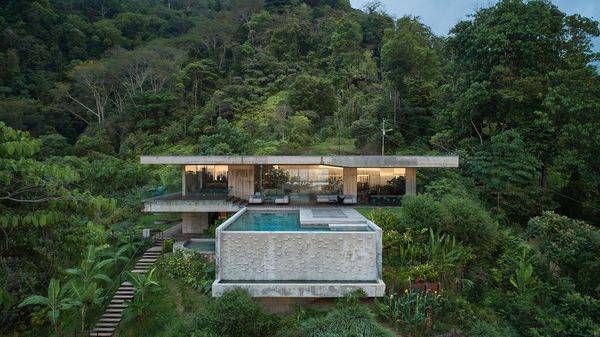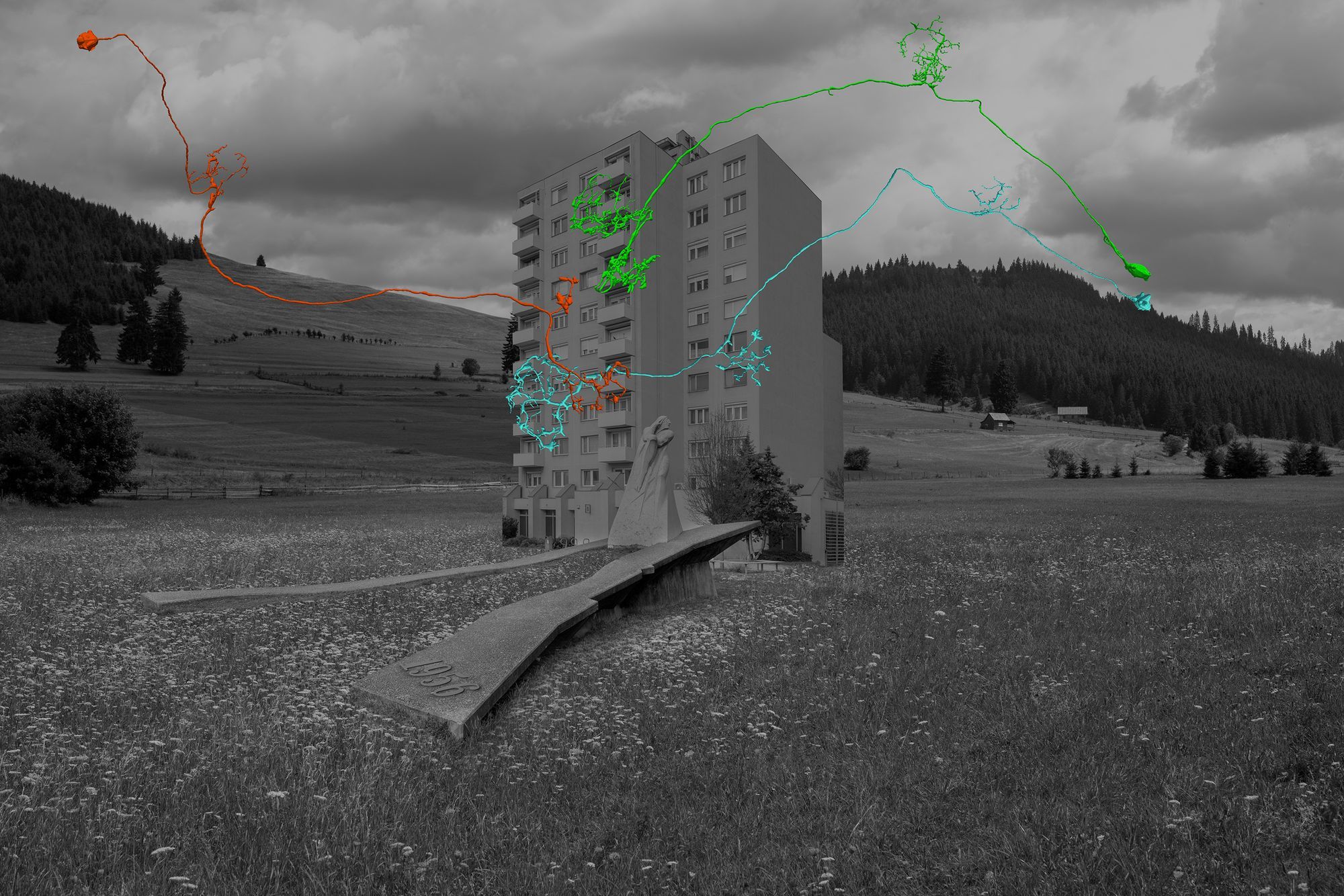How do human brains resemble cities, cells resemble urbanites? How can an ordinary urban photograph explain biological phenomena and how can abstract art reveal the brain’s evolution? Biophilia, an exhibition at the K11 Labor in Budapest, is the result of the joint reflections and work of brain scientist Dániel Barabási and photographer Balázs Csizik.
According to biologist Edward O. Wilson’s theory, Biophilia is an innate and genetically determined affinity that human beings have with the natural world and other life forms: “Humanity is exalted not because we are so far above other living creatures, but because knowing them well elevates the very concept of life,” he writes in his book Biophilia. In other words, as we understand other living beings, we will better appreciate them and ourselves.
Connection to life is therefore a basic necessity. And life in this sense is by no means limited to human existence but to the whole natural world around us. And this also calls into question our radical separation from the rest of nature, thus showing affinities with posthumanist theories, which primarily criticize human-centrism.

In ancient Greek philosophy, two concepts with different meanings were used to denote life: “zoe refers to mere life, natural existence, organic forms of existence, the self-organizing processes of nature, the self-maintaining biological processes of the body, while bios refers to life organized in form, political and communal existence, self-conscious action, ethics, and moral laws.” However, it is possible that the two cannot be so sharply distinguished, and that the long evolutionary process has significantly determined (and continues to determine) the emergence of human cultures—that is, zoe also influences bios.
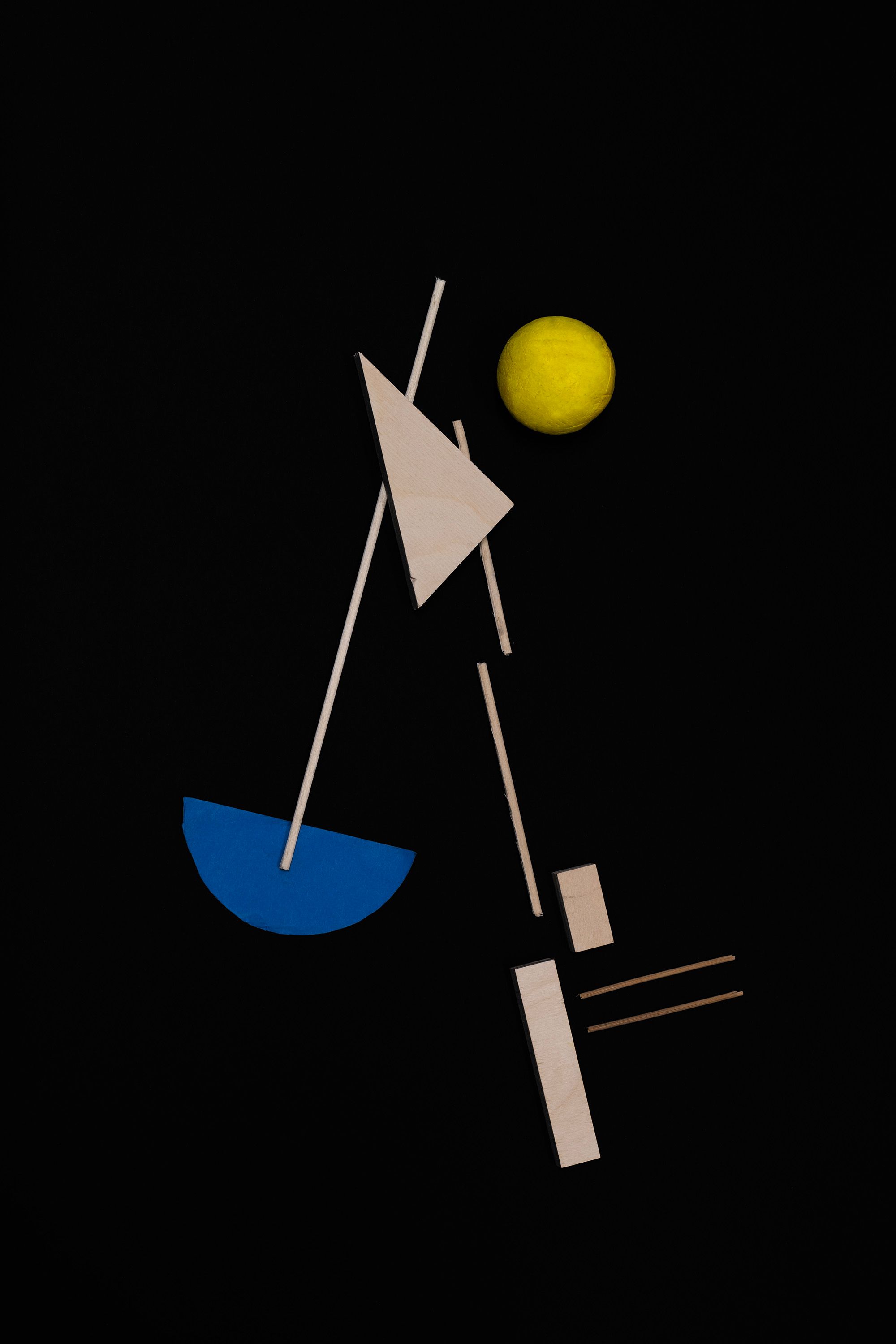
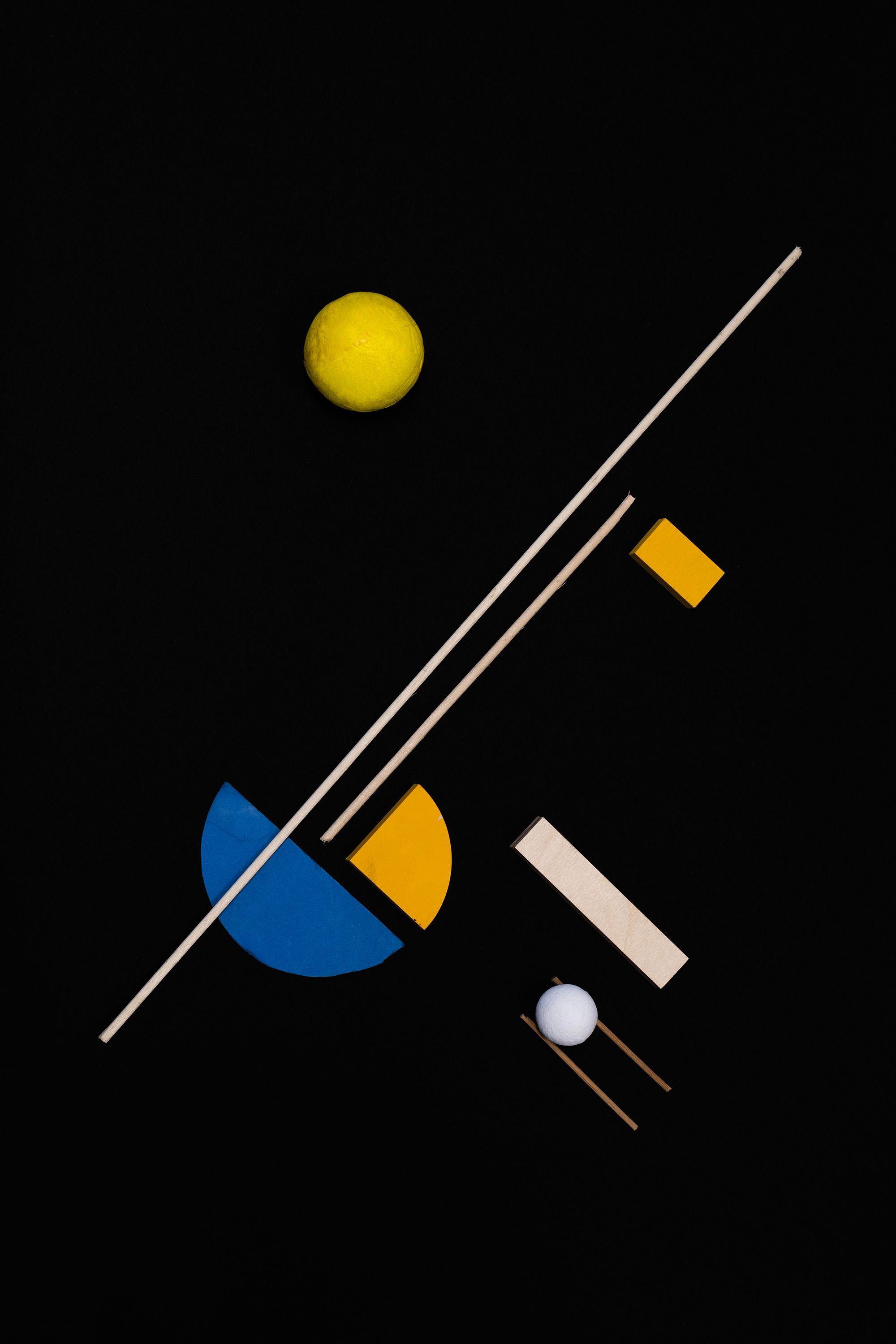
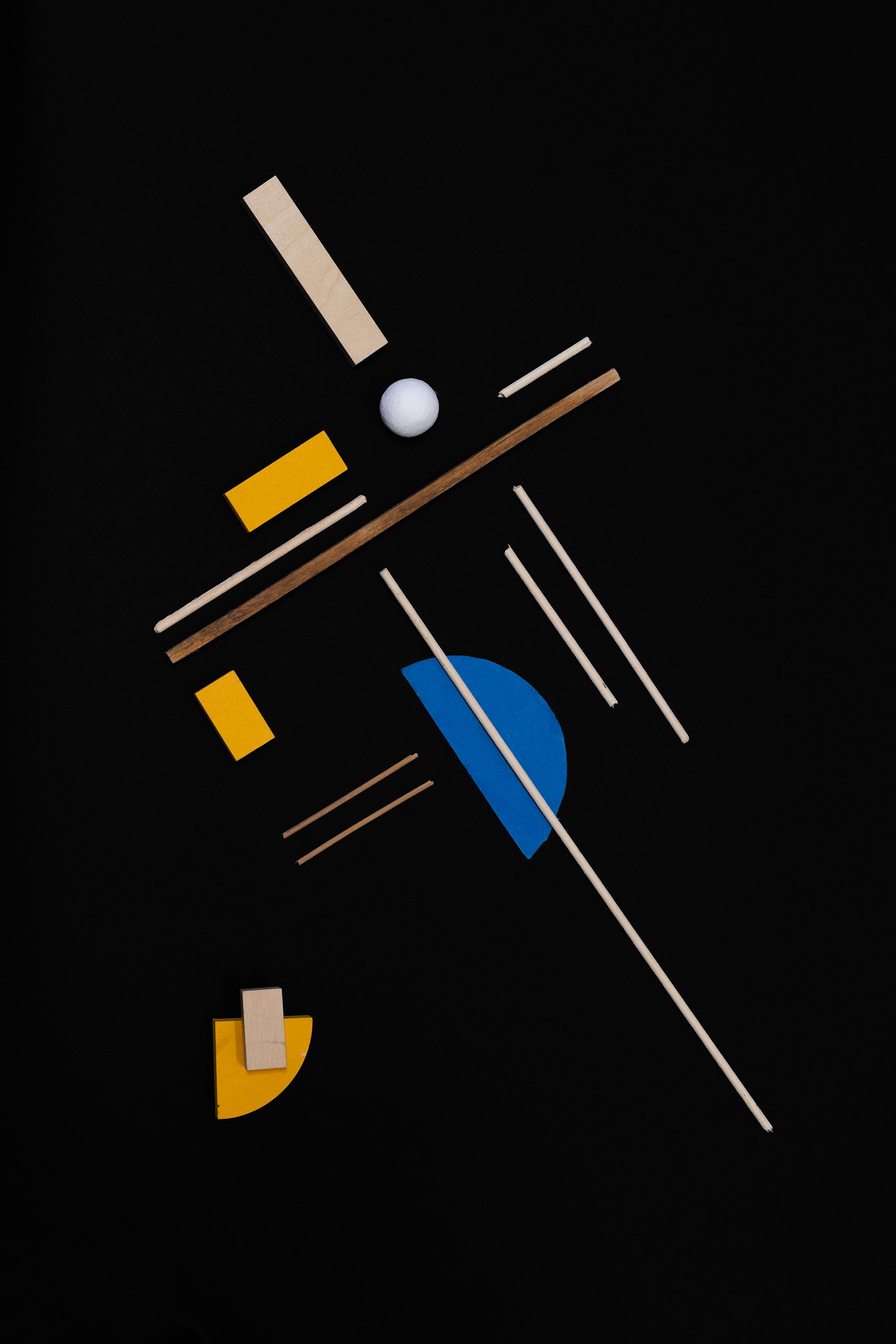
Dániel Barabási and Balázs Csizik are also interested in life and its different layers and forms. “Reflecting on each other, inspired by each other’s methods, the two artists explore the different ways of life and the connections between them. They use the exhibition space as an aesthetic laboratory, a place for exploring the intersections between science and visual art, urbanism, sociology, environmental science, biology, an experimental mix of different approaches,” says curator Zsófia Máté. While Barabási, as a brain researcher, is concerned with the self-assembling, self-organizing systems and regions of the brain, Csizik is concerned with the city, its spaces, its buildings, and the human interactions within it. The works thus lead simultaneously from the human being to smaller units such as cells and larger entities such as the city. At first glance, the two fields may seem quite distant, but in their processes and visuality, a number of overlapping patterns can be detected.
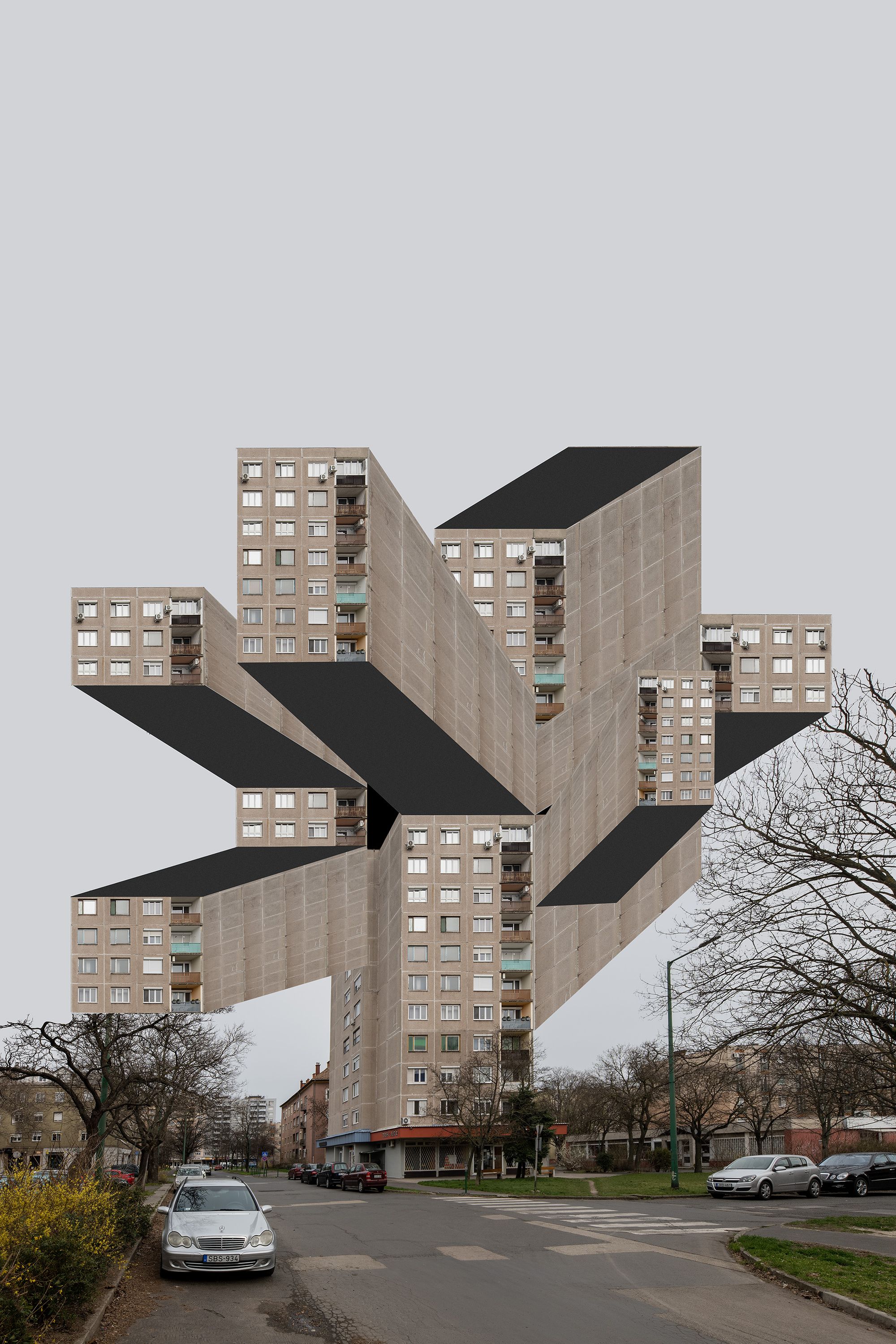
All this runs throughout the entire exhibition. A deconstructed, unrealistic building made of prefabricated panels that closely resembles the shape of a brain tumor; brain development depicted in the formal language of constructivism, originally reflecting modern industrial and urban phenomena; shots of brains evoking satellite images of cities at night. One of the compositions consists of simple photographs of everyday phenomena, with short handwritten captions underneath. This is where these types of relationships become clear, the way man-made structures can be matched to biological phenomena. In one photo, for example, beneath a rhythmic, almost continuous, black-and-white view of hundreds of bicycles covered in snow, is the sentence: “cancer emerges from an overgrowth of healthy function: the beneficial cycling movement metastasizes into the cityscape without planning or infrastructure.”

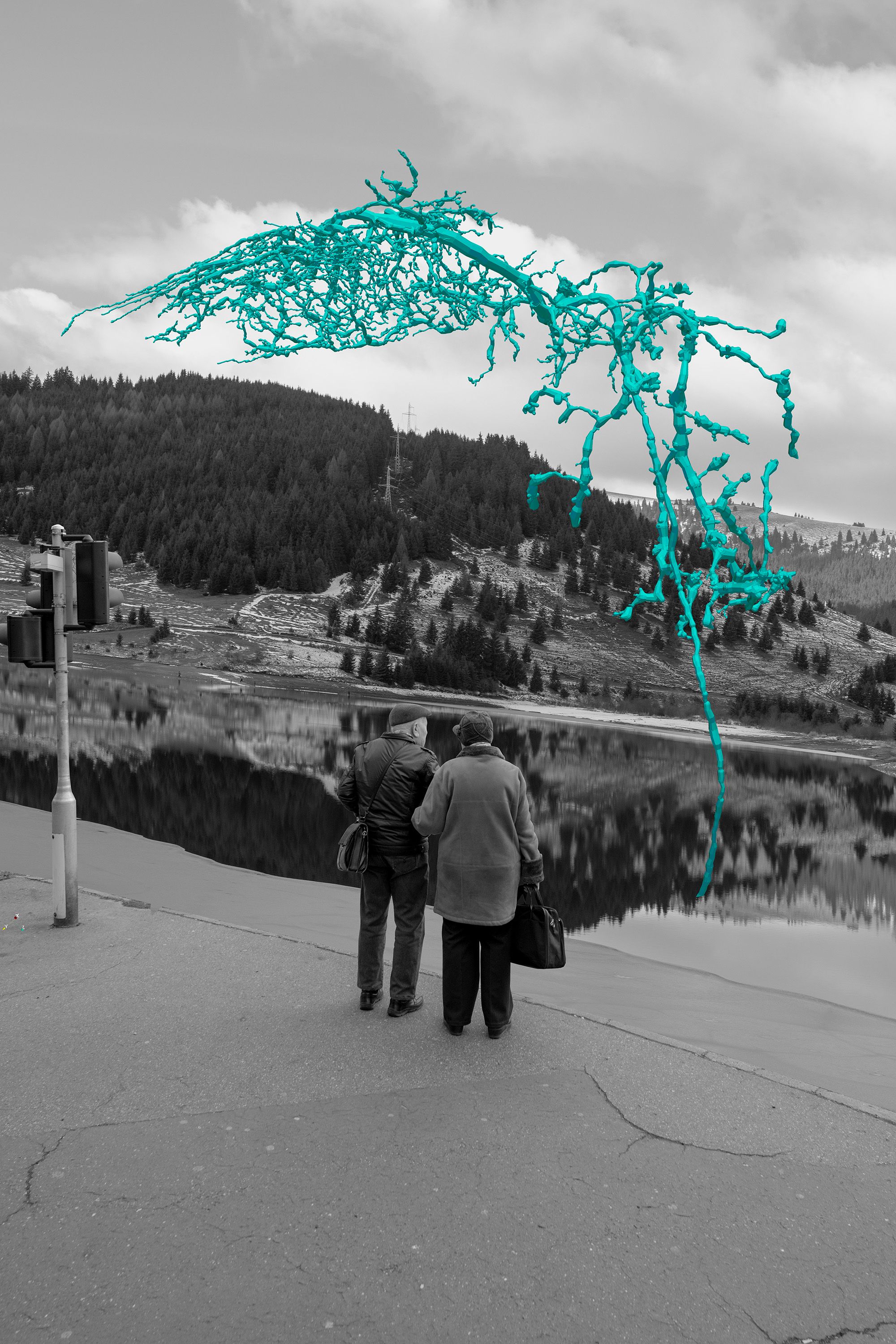
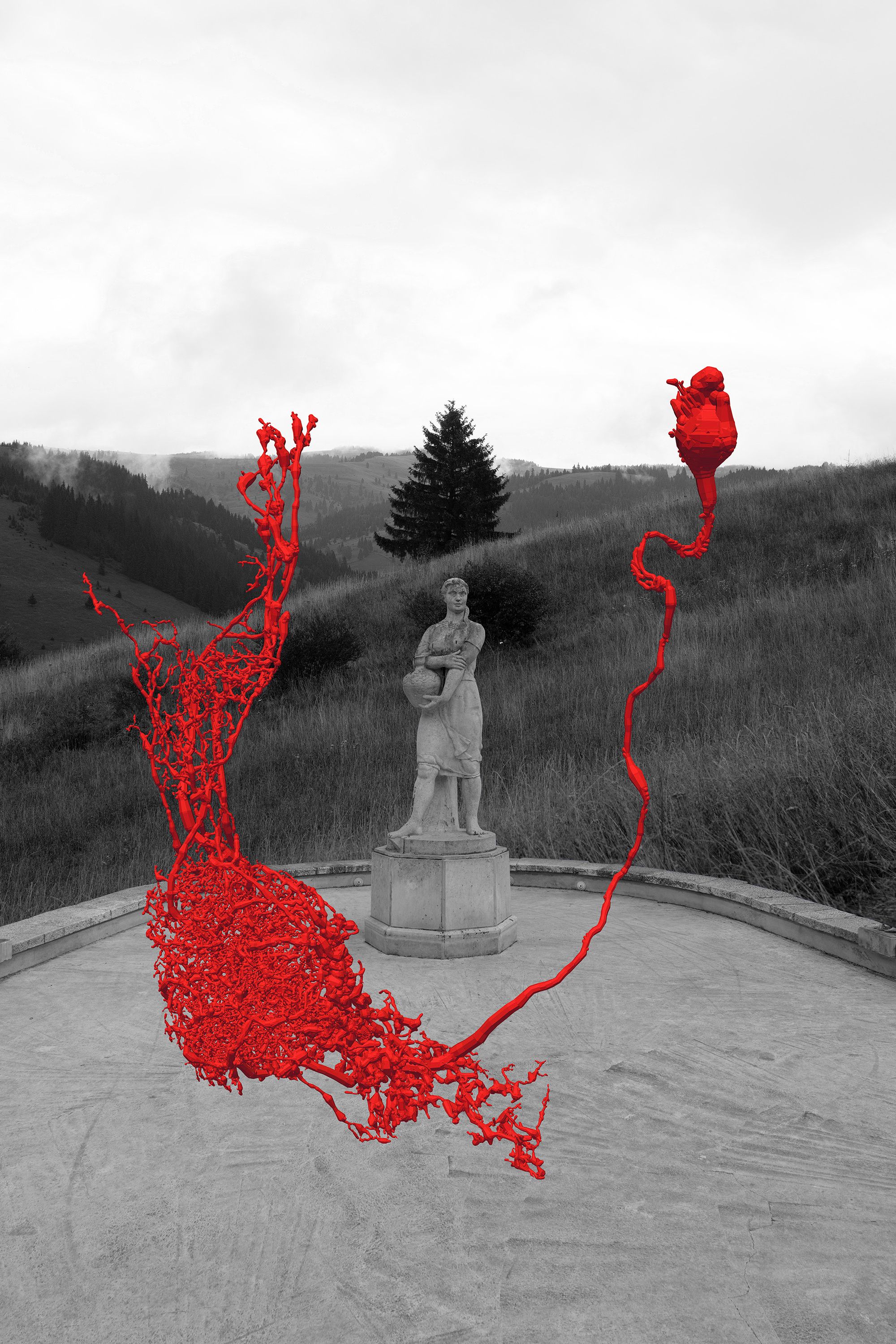
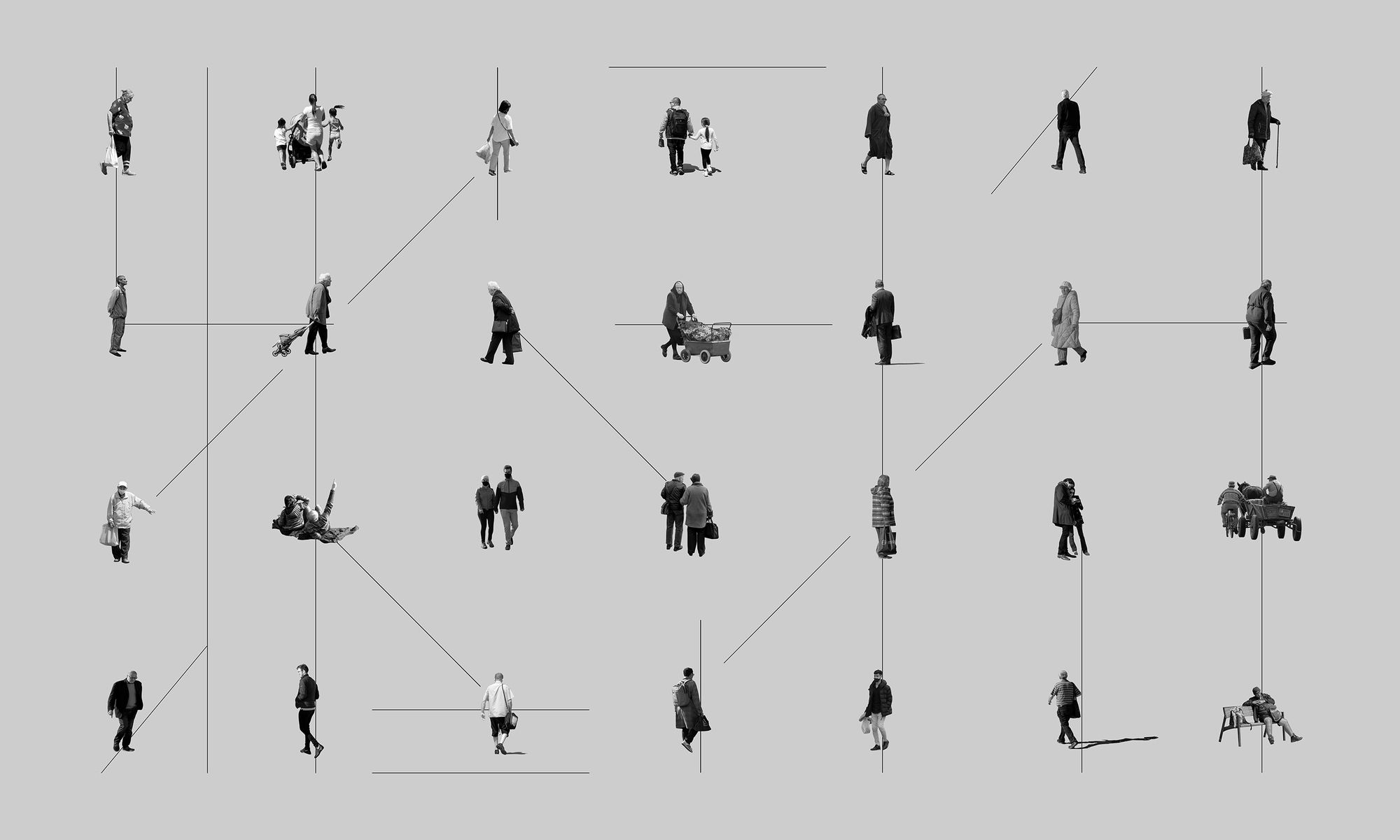
Another artwork shows equidistant figures with a line (or lack of one) between them to indicate a connection (or lack of one), similar to the sight of neurons in the brain. We are therefore cells in a larger unit, and we ourselves are a larger unit, like a city. And through the exhibition, we, who are constantly searching for ways to connect to life, can further expand our notions of it and explore new connections between the different levels and structures of existence.

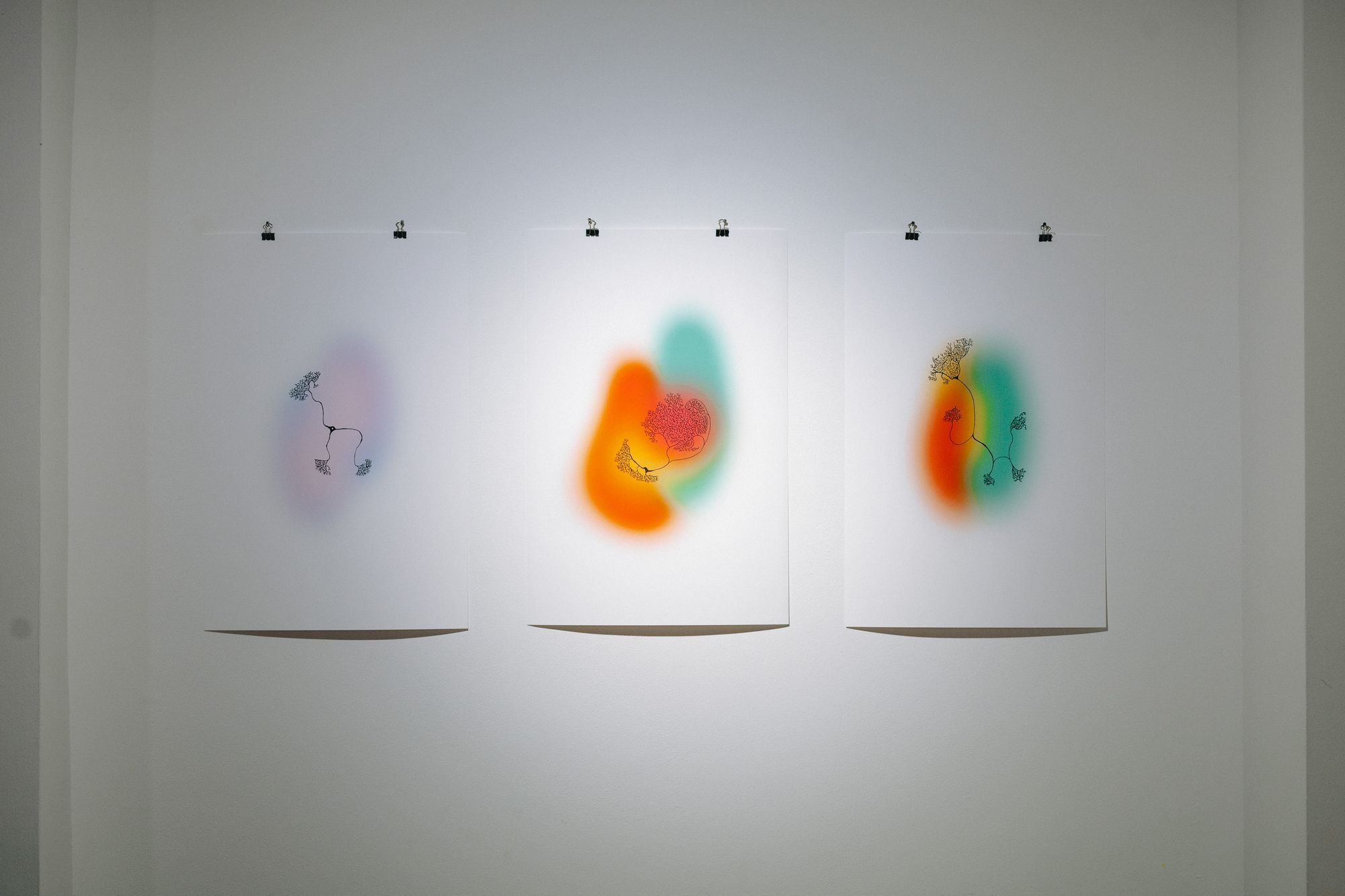
Dániel Barabási & Balázs Csizik: Biophilia
Curator: Zsófia Máté
K11 Labor (11 Király Street, Budapest, 1075)
Until June 6, 2023.
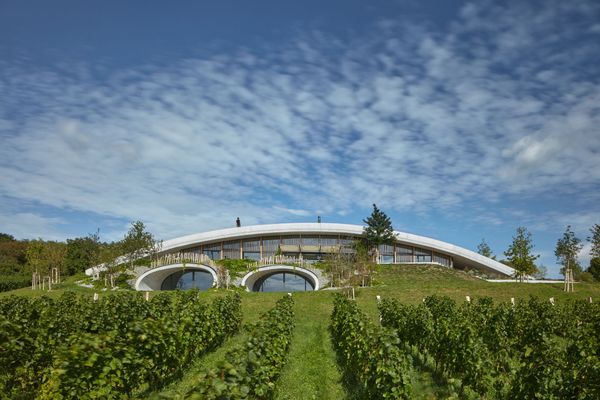
Purposeful and Poetical | Wine House by Aleš Fiala studio
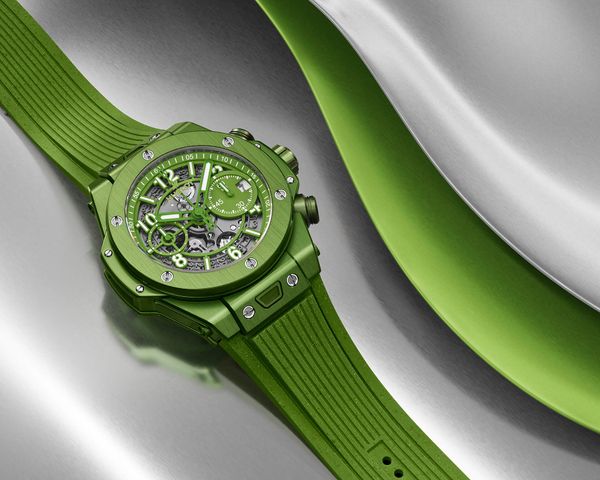
Watch made from recycled aluminum and coffee grounds
